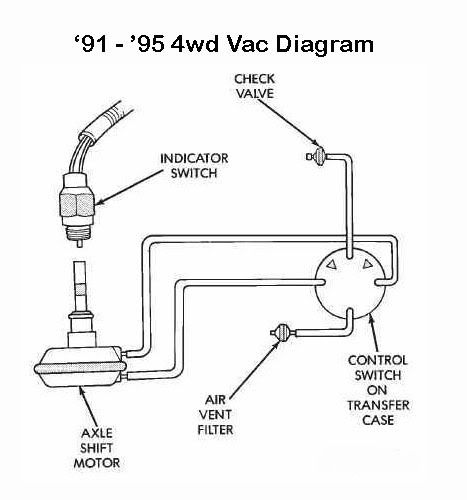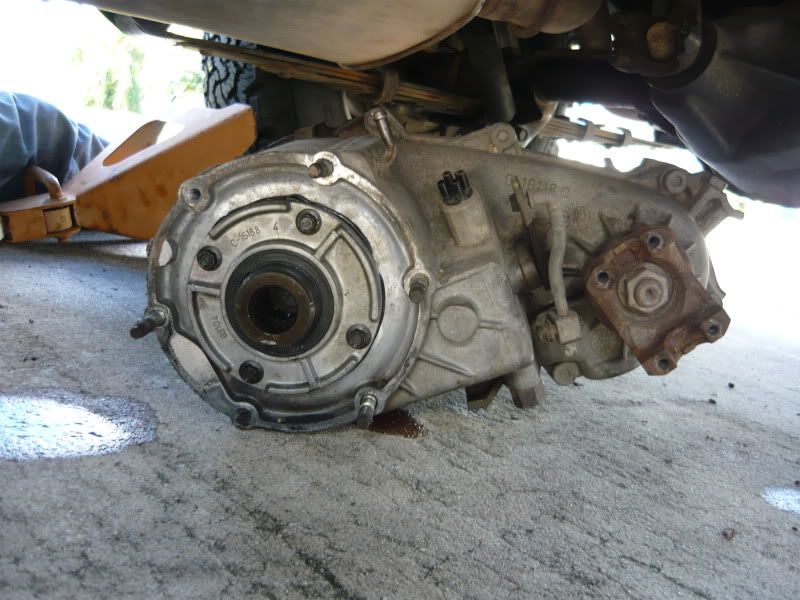Ok...2nd day Jeep owner here and I realize today that my 4WD isn't working. Front drive shaft does turn in 4WD. So that leads me to believe that I have a vacuum problem or that the actuator itself is bad.
I tried to test the vacuum by running the vehicle in neutral and checking the hoses that I removed from the actuator. There doesn't seem to be any vacuum from either hose. Does vehicle need to be in gear?
Also, what is the electrical connection on the fork housing for? Is there some sensor in there to signal on the dash that I'm in 4WD?
I tried to test the vacuum by running the vehicle in neutral and checking the hoses that I removed from the actuator. There doesn't seem to be any vacuum from either hose. Does vehicle need to be in gear?
Also, what is the electrical connection on the fork housing for? Is there some sensor in there to signal on the dash that I'm in 4WD?







